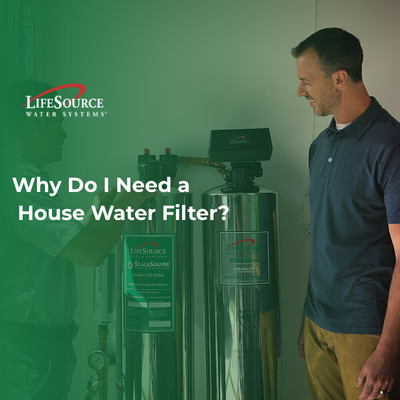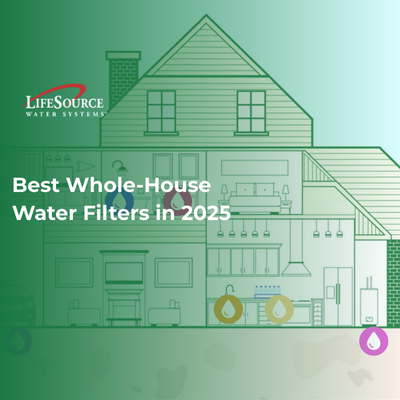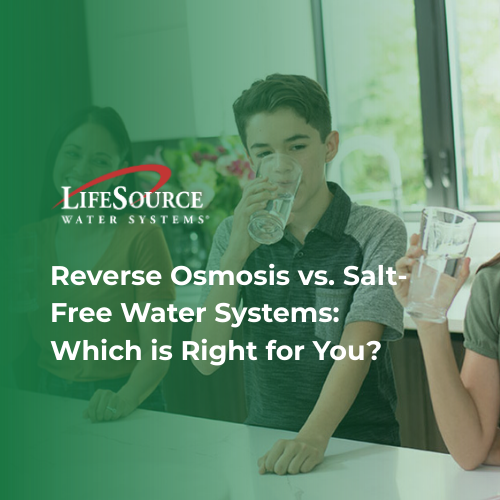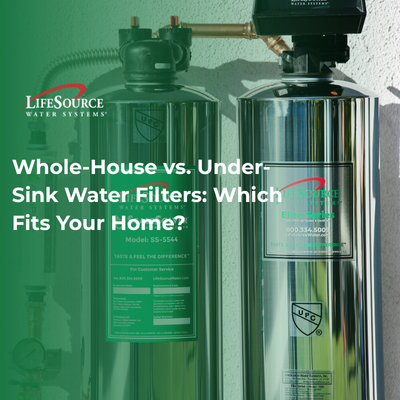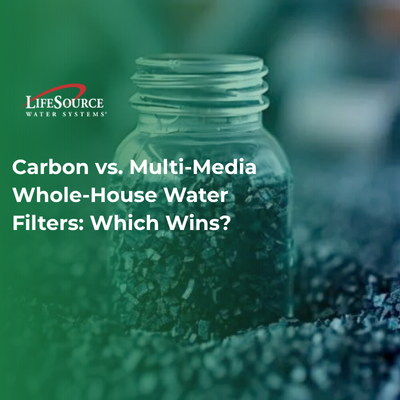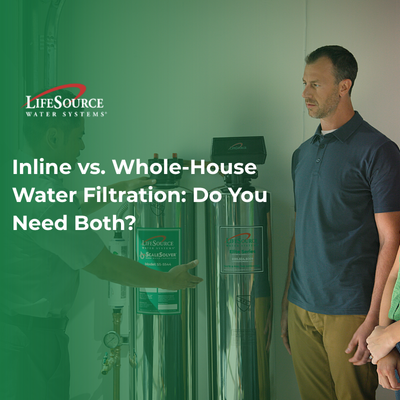
Different Types of Water and their Properties
No, not the season before Summer. Spring water refers to water that comes from natural springs. To get technical, the EPA defines spring water as “water that originates from an underground aquifer and is collected as it flows naturally to the earth’s surface or via a borehole that taps into the underground source.” Natural springs are land formations where underground water comes from an opening in the Earth’s surface, kind of like a natural, non-stop water fountain. Depending on the source, spring water has high contents of healthy minerals, such as potassium, sodium, magnesium, and calcium.
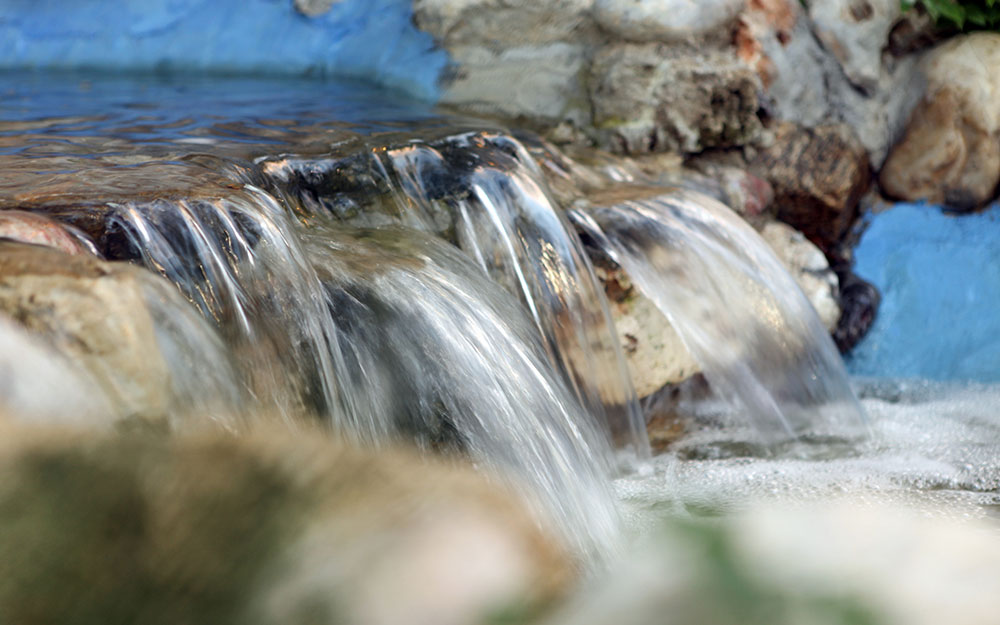
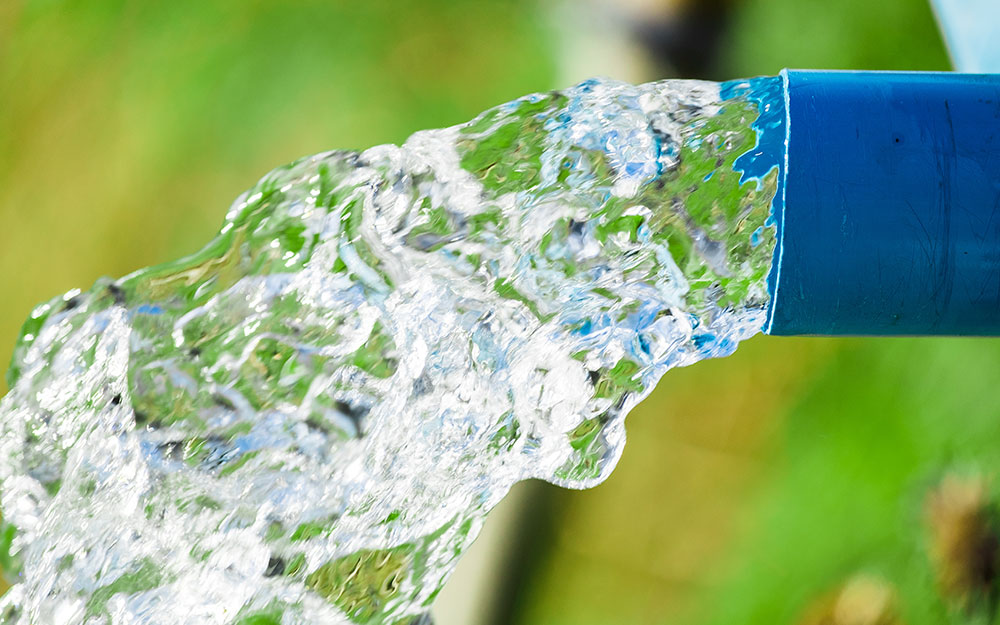
Next up is mineral water. Though mineral water and spring water are sometimes used interchangeably, there are some critical differences between both types. Mineral water usually comes from boreholes in protected underground sources. In addition to this, mineral water contains minerals that are added to the water, as opposed to the all-natural mineral components present in spring water.
The minerals present in mineral water, which many times are also present in spring water, can be beneficial to reduce high blood pressure and risk of stroke, relieve muscle cramps, improve brain function, prevent migraines, boost physical performance and increase bone strength.
Distilled water is literally the opposite of spring and mineral water. It is produced by vaporizing the water and removing all of the particles or elements that are not Hydrogen or Oxygen (H2O). Distilled water has plentiful uses, which include medical tools and procedures, lab testing and experiments, cosmetics and even automobiles. Distilled water is very low in pH and is therefore very acidic, a topic we will touch upon in the Alkaline water section, In short, distilled water is good for machines, but not good for people. It is not water that you should drink regularly.
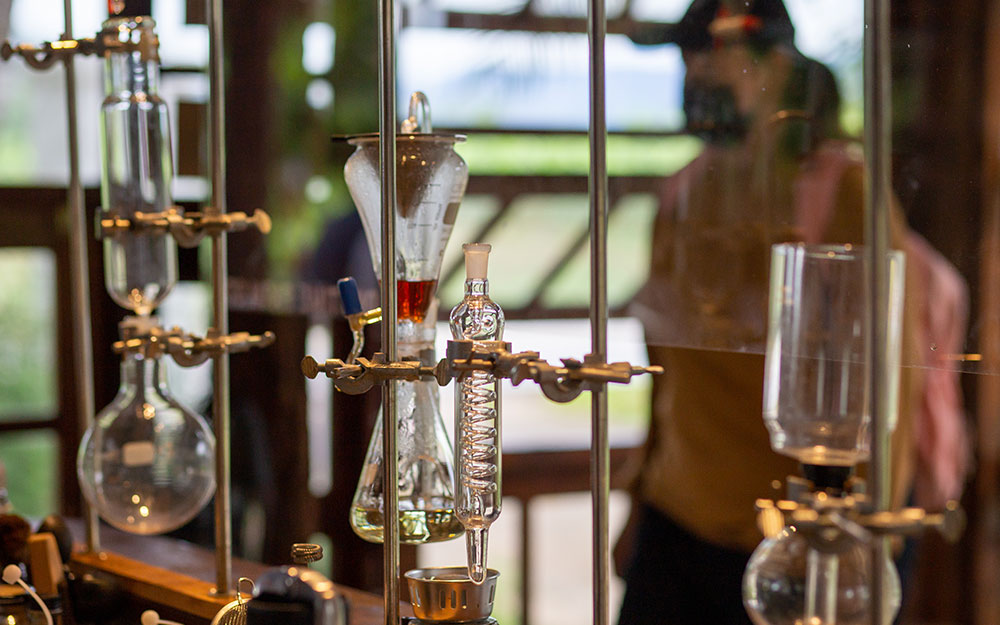
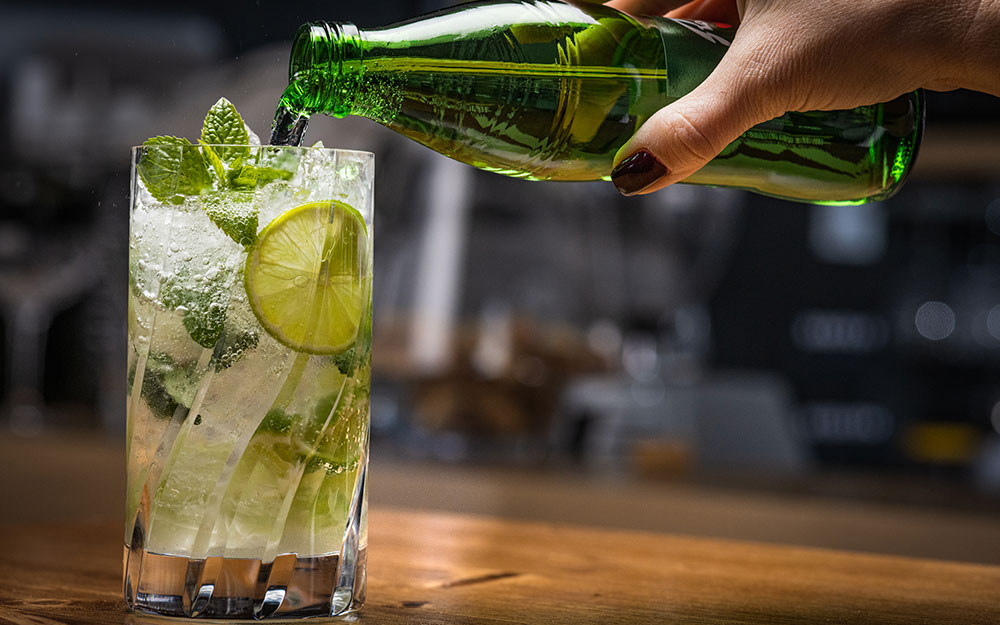
Also known as sparkling water, carbonated water refers to water that has been infused with carbon dioxide under pressure. This gives the water its effervescent quality, which causes it to bubble, like soda. Sparkling water can be made from any kind of water, so the best choice is mineral or spring water. You can even make it at home with a carbonation device.
Why choose sparkling over flat? Carbonated water is a healthier and less sugary alternative to sodas. Also, a vodka soda or a Tom Collins tastes a bit off with flat water instead of sparkling. If you want to get creative with sparkling water cocktail recipes, click here.
The final type of water for this blog is alkaline water. Alkaline water refers to the pH level of the water. pH levels measure how acidic (or alkaline) a substance is on a scale from 0 to 14. A substance with a pH level of 1 would be considered very acidic. On the other hand, a substance with a pH level of 13 would be very alkaline. Normal drinking water from your tap has a pH score of 7, which is neutral. Alkaline water has a pH that is typically above 9, making it less acidic and more alkaline.
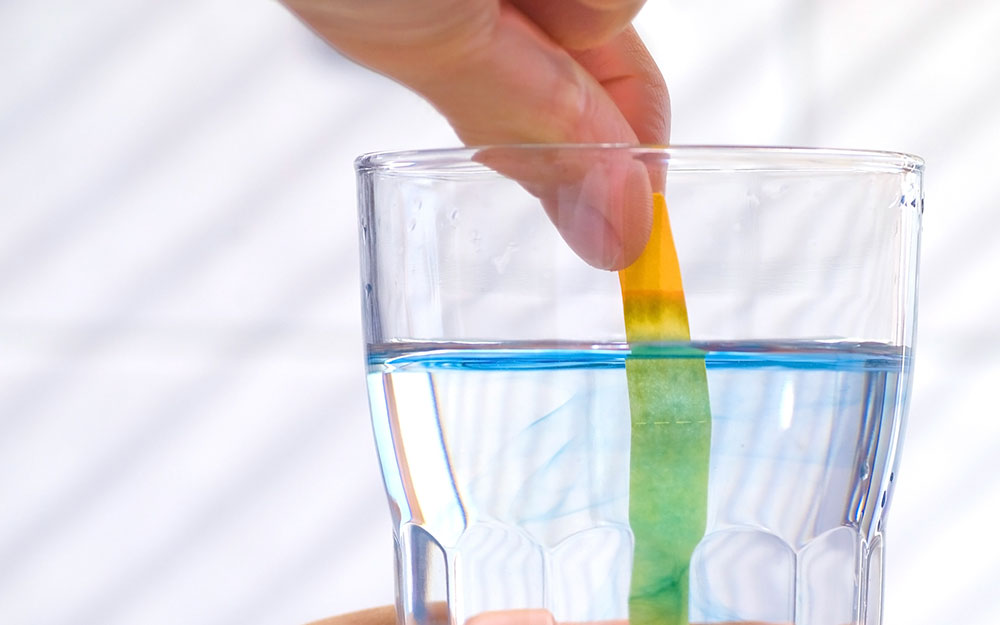
Reverse osmosis water is named after the water filtration process that is used, you guessed it, reverse osmosis. During the reverse osmosis process, contaminants and minerals are removed from the water by forcing water molecules through a semipermeable membrane. After this process, most of the minerals, even the healthy ones like calcium and magnesium are removed from the water. Though this process does remove most contaminants and bacteria, it also removes the beneficial minerals that our body needs to function at its full capacity.
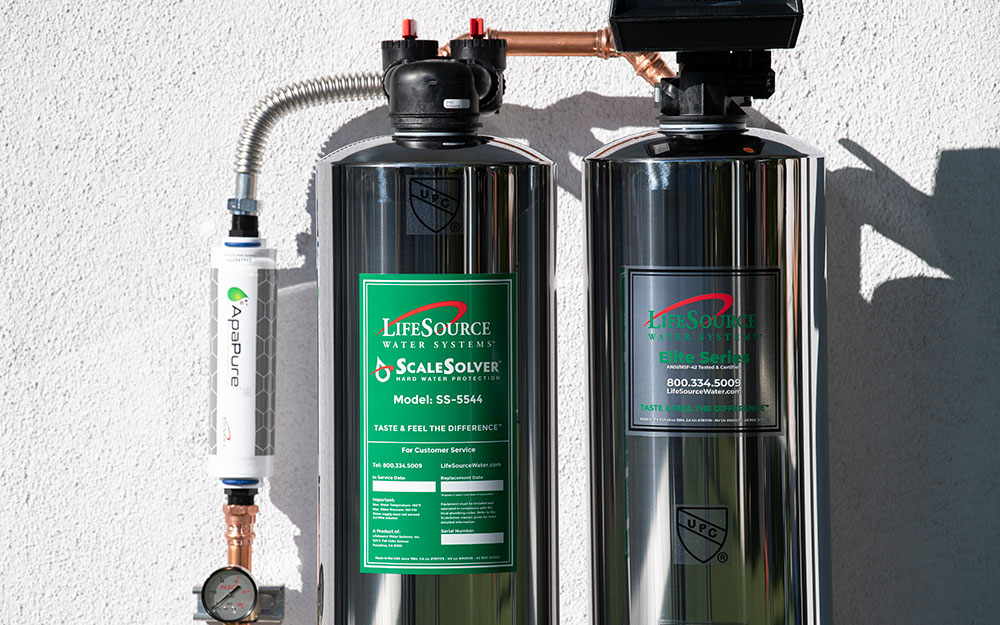
Now, let’s talk about my personal favorite, LifeSource Water. When I began my time here, I thought all water was the same. The main difference is what is left in the water and what is removed. LifeSource Water removes contaminants such as chlorine, chloramine and even dirt, but leaves in the healthy minerals. Since LifesSource comes through every tap and shower in your home, you get great, quality water without the need to buy expensive bottled water. I also never realized how the fact that tap water is treated with chlorine could have such a drying effect on hair and skin. When all your home's water is filtered, your skin and hair feel great! LifeSource Water will really make you taste and feel the difference.


